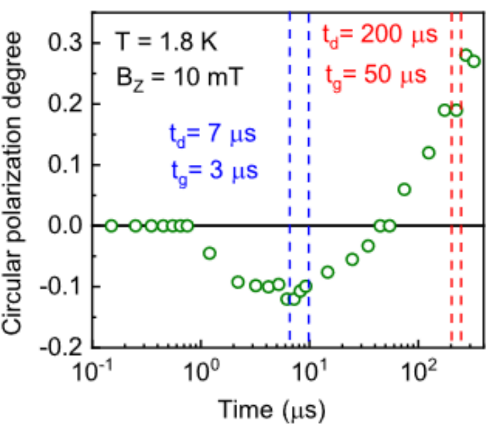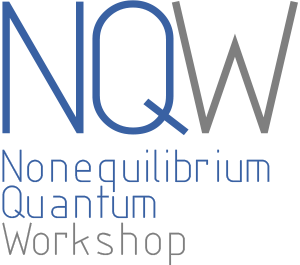
- This event has passed.
Emergent spin phenomena from hyperfine interaction of localized electrons and nuclear spins
December 13, 2023 @ 17:00 - 17:30 CET
A.V. Shumilin,1 D.S. Smirnov2
1Jozef Stefan Institut, Jamove cesta 39, SI-1000 Ljubljana, Slovenia
2Ioffe Institute, Politekhnicheskaya 26, St Petersburg 194021, Russia
Many modern devices are based on the operations with spins. They require the preparation of the initial state: with spin polarization or at least with spin correlations. There is a limited number of conventional methods to achieve this: application of ferromagnetic materials, current to spin conversion due to spin-orbit interaction and static polarization in high magnetic fields. We show the existence of another way to achieve spin polarization in non-magnetic solid-state devices. It requires small magnetic fields, hyperfine interaction between electron and nuclear spins and small exchange interaction between electron spins. All the interaction energies are considered small compared to temperature, but the mechanism requires non-equilibrium conditions.

Fig. 1. The dependence of circular polarization of luminescense in (In,Al)As/AlAs quantum dots as function of the delay after initial unpolarized excitation pulse.
The physics of dynamic spin polarization involves the interplay of non-equilibrium spin phenomena and effect of the magnetic field on spin relaxation provided by hyperfine interaction of electron and nuclear spin. Such interplay occurs in many organic semiconductors and leads to quite strong room temperature “organic” magnetoresistance related to the correlated spin state [1].
The spin polarization appears due to the interplay of “organic magnetoresistance” physics with weak exchange interaction of electron and holes localized at different molecules [2]. Very similar phenomena exist also in quantum dots where it manifests itself as strong circular polarization of luminescence observable in 10mT magnetic fields at temperatures below 10K [3,4]. The circular polarization has a very complex non-monotonous dependence on the time delay after the initial excitation (Fig. 1) and on the applied magnetic field.


